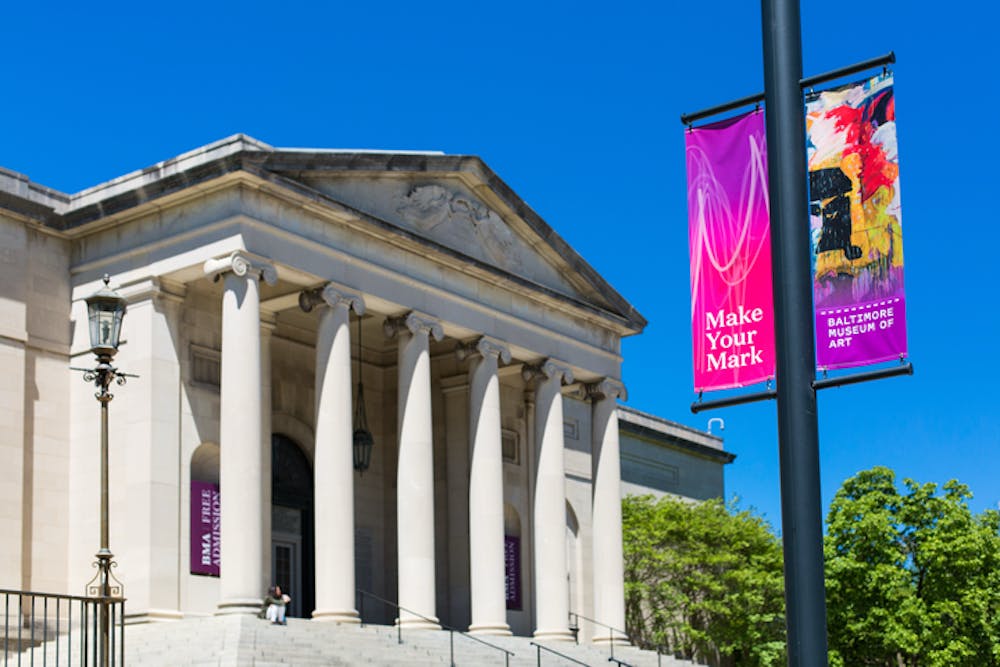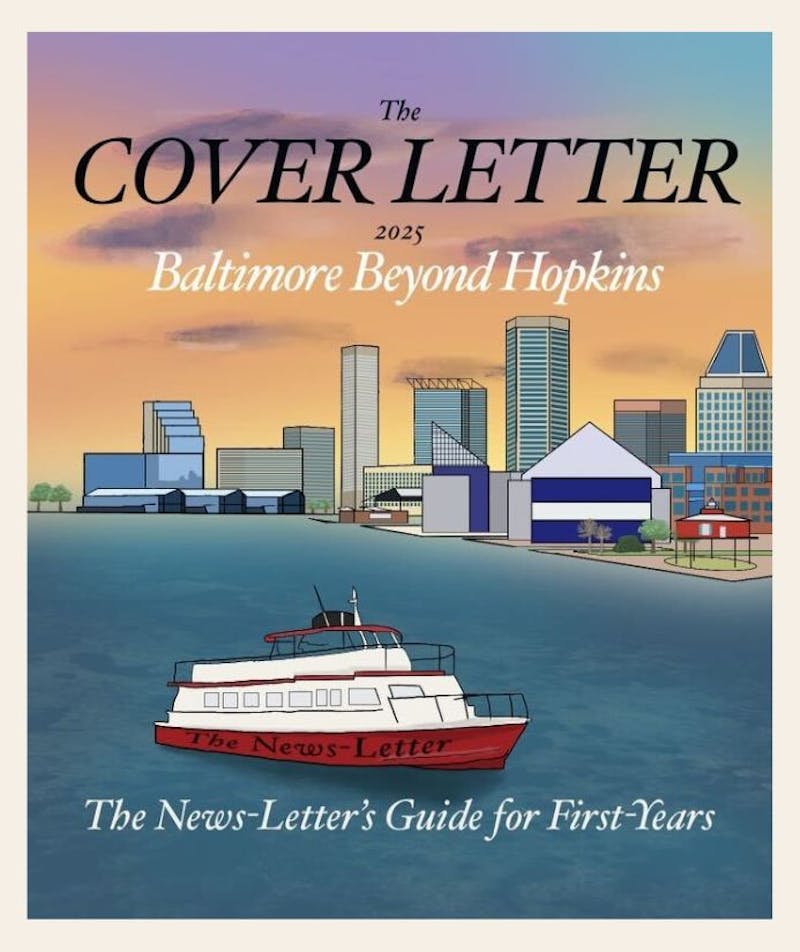Virginia Anderson, in addition to being an adjunct professor in the Program of Museums and Society at Hopkins, is the Baltimore Museum of Art’s (BMA) Curator of American Art and Department Head of American Painting & Sculpture and Decorative Arts. In an interview with The News-Letter, Anderson discussed her academic journey and her current experiences at the BMA.
Virginia Anderson grew up in a small town in southern California, near the border of Mexico. She had an interest in studio art and art history, yet due to her unfamiliarity and lack of regional opportunities regarding museum work and art occupations, Anderson opted to be a Government major at Harvard College. However, even at Harvard, she found herself spending much of her free time at the campus museum.
“I did study abroad in college, and I spent a semester in Paris, and I discovered that art galleries existed,” she said. “So when I came back to school for my senior year of college, I ended up finding an internship with an art gallery in Boston, where I was, and that turned into a job when I graduated. [...] Working there for several years, I really got to know artists, art critics, collectors and museum curators. It was a really great introduction, because I saw the whole ecosystem around the production and the circulation of art.”
Anderson went back to graduate school and obtained a PhD in Art History at Boston University. She explained that during this time, she concentrated on cultural analysis and social history, noting that her Bachelor of Arts in government provided a strong foundation for this approach toward thinking.
In addition to overseeing and managing exhibits, one administrative responsibility includes collaboration with the BMA’s education team to write “chat labels.” When walking by a museum piece, the label next to the work of art contains what is known as the “tombstone information,” containing facts about the work such as the date and material. The paragraph below containing additional information is known as the chat label.
“You want it to be understandable for people [regardless of age],” Anderson said. “You think about how you structure the label, what do you start with, what’s the information that you start with that that will get somebody engaged, and that helps them understand what it is that they’re looking at to begin with.’”
Anderson underlined the customization of chat labels, as the subject matter and included details might vary from exhibition to exhibition. She gave an example, stating that if there was an exhibition about music, the chat label could have details on ways the work of art connects to music, but in a different context, the same painting could have other details such as the artist’s biography.
She applied a similar mindset when discussing how to present an artist’s vision.
“It depends on whether you're working with a living artist or, you know, a more historical figure who has passed away,” she said. “When you're dealing with more historical work, you are relying on artists’ past statements, historical context and the known intent of the artist. When you're working with a living artist, you really want to make sure that you are operating in dialogue with them if possible.”
Art does not exist in isolation — a crucial part of exhibitions is the audience’s engagement, either through visitor interviews or surveys that assess if the message taken away is aligned with what the museum, curator and artists wanted to present. Critical reviews or written publications offer a professional perspective to the exhibition.
As such, Anderson mentioned, with these reactions also comes a sense of community.
“I’ve had that experience sometimes when [I] give lectures about my projects or my research, or when [I] write for a publication, [I get] feedback from members of the audience, or somebody who says, ‘Oh I read your essay and I really appreciated what you said about something.’ It’s wonderful, and it’s a real honor to feel that you’ve had that impact,” she said.
Specifically regarding the work appearing at the BMA, Anderson highlighted the semi-encyclopedic category of the museum, spanning a significant amount of geographies and time periods. She mentioned several key characteristics of how she and the museum portray artwork, including an experimental and adventurous mindset as well as a constant striving to engage with the global as well as the local.
Lastly, Anderson offered a few thoughts about museums’ inspirational nature rooted in personal recollection:
“Museums have a reputation for being intimidating [and] quiet. Museums are attentive to that and I think are in a moment of wanting to be as open and accessible as possible,” she said. “If you are curious in any way about the world around you, the way that people think or have lived, there's something in the museum for you. I did not grow up going to museums. It was a very special and definitely intimidating experience for me when I first did. But they can become a place of joy and discovery.”
Editor’s Note: The Baltimore Museum of Art is currently featuring an environment-focused exhibition titled “Turn Again to the Earth,” which will continue through January 2026.





